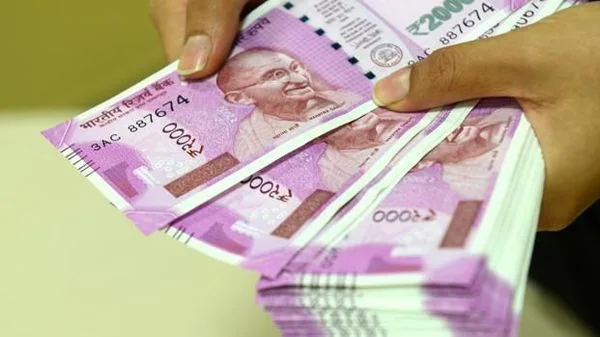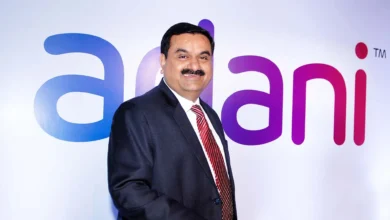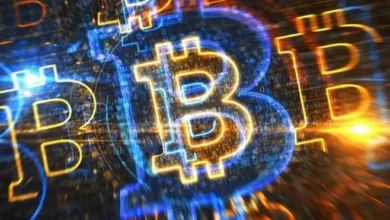
2000 Denomination RBI Notes – The Status in 2024
The ₹2000 denomination banknotes in India have been at the center of significant changes following the Reserve Bank of India’s (RBI) decision to withdraw them from circulation. This article delves into the current status of these notes, their implications for the public, and the processes involved in their exchange and deposit.
Overview of ₹2000 Notes
Introduced in November 2016 as part of a demonetization initiative aimed at curbing black money and counterfeit currency, the ₹2000 note became India’s highest denomination currency. As of May 19, 2023, when the withdrawal announcement was made, approximately ₹3.56 lakh crore worth of these notes were in circulation. The RBI’s decision to withdraw these notes was part of its ongoing “Clean Note Policy,” which emphasizes maintaining high-quality currency in circulation.
Key Dates and Announcements
- May 19, 2023: The RBI announced the withdrawal of ₹2000 notes from circulation.
- September 30, 2023: Initially set as the last date for depositing or exchanging these notes at bank branches.
- October 7, 2023: The deadline was extended to this date for public exchanges at banks.
- Post-October 7, 2023: Deposits and exchanges can only be conducted at 19 designated RBI Issue Offices across India.
Current Status of ₹2000 Notes
As of August 30, 2024, the RBI reported that 97.96% of ₹2000 notes have been returned to the banking system. This translates to approximately ₹7,261 crore still held by the public. The rapid return of these notes underscores the effectiveness of the RBI’s strategy to manage currency circulation following its withdrawal announcement.
Legal Tender Status
Despite the withdrawal announcement, ₹2000 notes continue to hold their status as legal tender. This means they can still be used for transactions until individuals choose to deposit or exchange them. The RBI has assured that there are no restrictions on using these notes for everyday transactions.
Exchange and Deposit Process
Facilities Available Post-Withdrawal
After October 7, 2023, individuals can no longer deposit or exchange ₹2000 notes at regular bank branches. Instead, they must visit one of the 19 RBI Issue Offices located in major cities such as:
- Ahmedabad
- Bengaluru
- Chennai
- Kolkata
- Mumbai
- New Delhi
Each individual can exchange up to ₹20,000 at a time.
Sending Notes via Post
In a recent development, the RBI has also allowed individuals to send ₹2000 banknotes through India Post for credit into their bank accounts. This process involves filling out an application form available on the RBI’s website and enclosing it with the banknotes being sent.
Required Documentation
When sending notes via post or visiting an RBI office for exchange or deposit, individuals must provide:
- A duly filled application form.
- A copy of an officially valid document (OVD) such as an Aadhaar card or passport.
- A copy of a recent bank statement or passbook page showing account details.
Implications for the Public
The withdrawal and subsequent management of ₹2000 notes have significant implications for both consumers and businesses:
- Transition Period: The transition away from ₹2000 notes may lead to temporary inconveniences as people adjust to using lower denominations.
- Public Awareness: The RBI’s efforts to communicate effectively about this transition are crucial in ensuring that individuals understand their options regarding deposits and exchanges.
- Future Currency Management: This move raises questions about future currency management strategies by the RBI and whether other denominations may face similar scrutiny.
Conclusion
The status of ₹2000 denomination banknotes in India reflects a significant shift in currency management by the Reserve Bank of India. While a vast majority have been returned to banks following the withdrawal announcement, these notes remain legal tender until fully exchanged or deposited. The processes established for their exchange—both at designated RBI offices and via post—aim to facilitate a smooth transition for the public. As this situation evolves, it will be essential for individuals to stay informed about any further developments regarding currency management in India.
For the latest updates on News and Current Trends, follow us on X/Twitter here.
For more Breaking News and Updates, click here.



